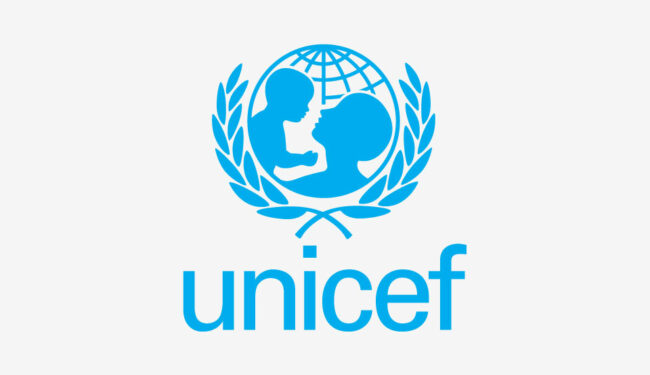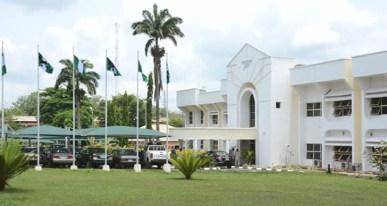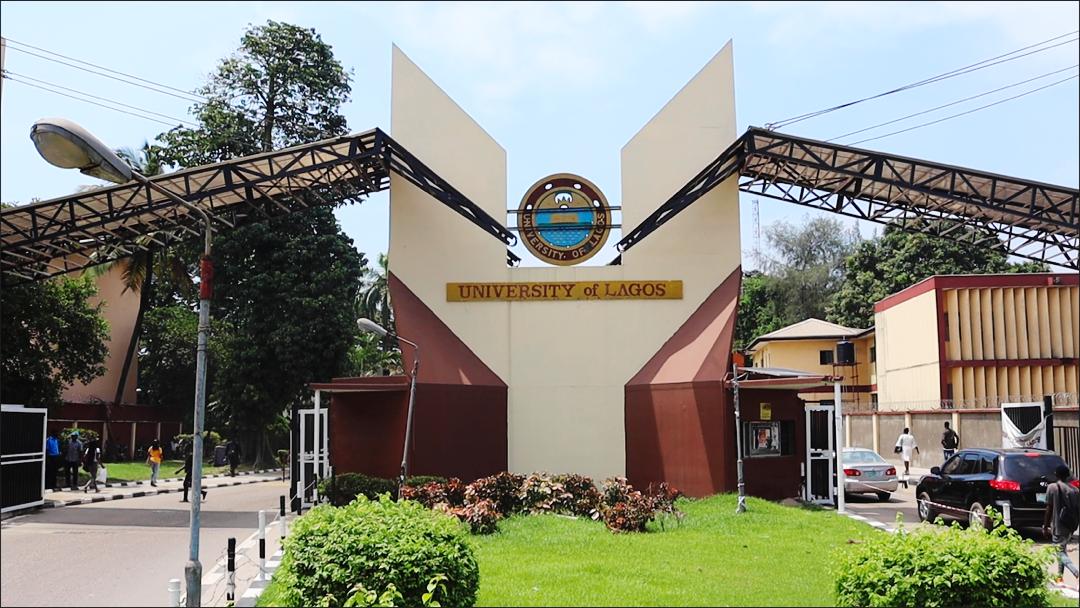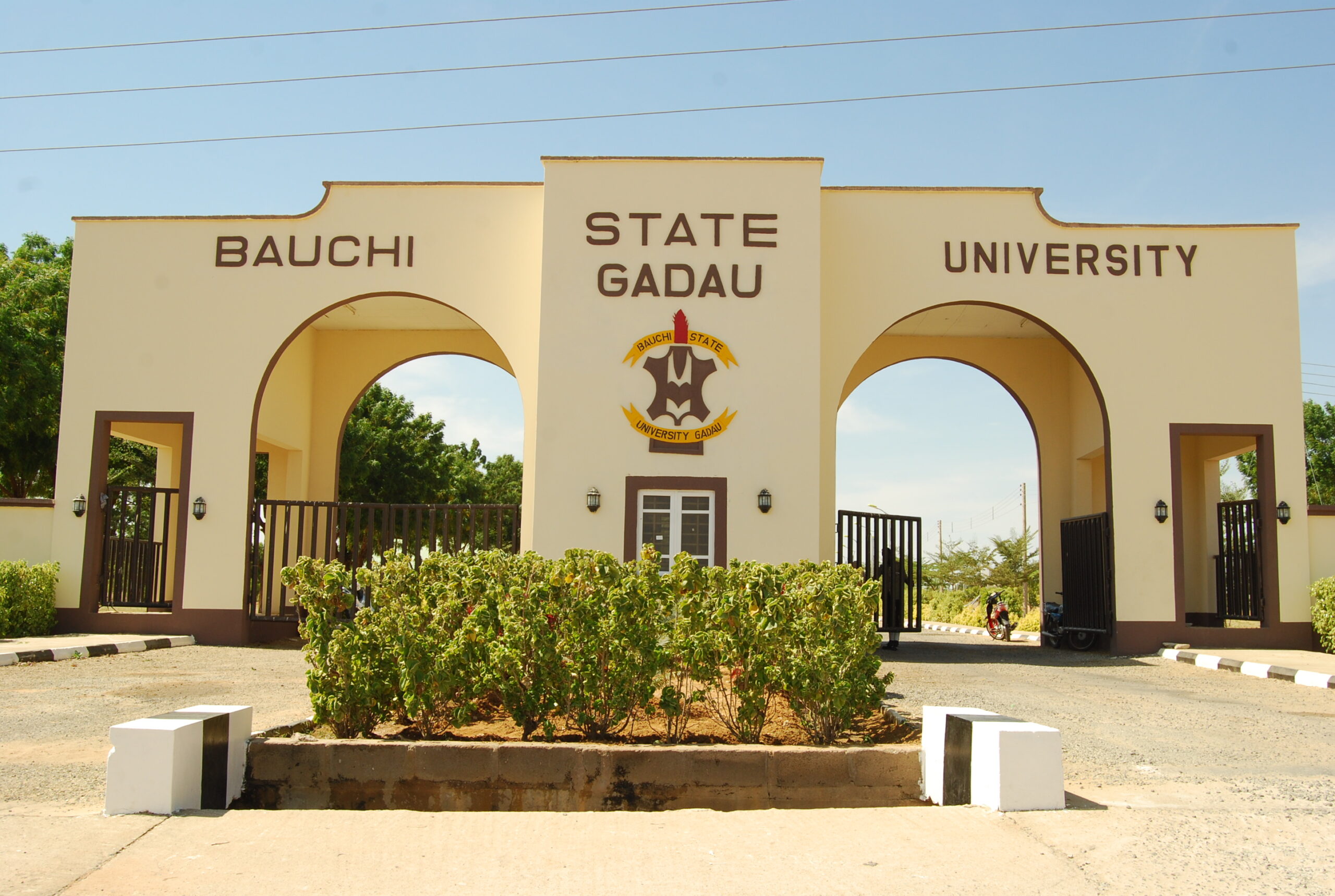UNICEF launches new child education project in the northeast to address out-of-school children crisis


The United Nations Children’s Fund (UNICEF) has labelled Nigeria’s education sector as crisis-ridden, with figures skewed against the country across all education development indicators.
According to UNICEF, the crisis is marked by a large number of out-of-school children, low attendance and engagement rates, low transition rates, low completion rates, poor learning outcomes, and low skill development for children of all levels.
“These issues characterising the education system are at the backdrop of high insecurity in the North-West states of Katsina and Zamfara, low education financing, poorly resourced schools, low teacher competency levels, and high pupil-teacher ratio, among others,” Rahama Rihood Mohammed Farah, chief of field, UNICEF Field Office Kano said in Katsina, yesterday.
He spoke at a media dialogue on retention, transition, and completion of schools and re-entry guidelines, organised by UNICEF in collaboration with the state Ministry of Basic and Secondary Education.
He said: “These factors lead to low overall education attainment, hamper social and economic opportunities for young people, and perpetuate intergenerational cycles of poverty and inequality.”
According to the global body, Nigeria spends 1.2 percent of its GDP on education, which is significantly lower than other African countries and below the international average of four to six percent. According to Farah, insufficient domestic financing will result in a lack of 378,000 classrooms and approximately 278,000 teachers.
“This leads to high student-teacher ratios of 55:1 at the primary level, and additional pressure on teachers, whose capacity is already limited, as 50 percent of basic education teachers lack the Nigerian Certificate in Education (NCE) or the minimum teaching qualification. What is more, on each workday, 20 percent of primary school teachers are absent.
“One in three children is out of school, representing 10.2 million at primary school level, and 8.1 million children at junior secondary school level. And, according to the Multiple Indicator Cluster Survey (MICS) 2021, three in four children, aged between seven and 14 years cannot read with understanding or solve a simple mathematics problem.
“Stalled progress on Sustainable Development Goal (SDG) 4, will affect regional and global development as Nigeria accounts for the largest global (15 percent) and regional (33 percent) share of out-of-school children.
“Education indicators are the lowest for adolescent girls in the North-East and North-West Nigeria, especially children from poor families, and those in rural and security compromised areas. In 2021 alone, at least 25 schools were attacked, directly impacting 1,446 learners and 24 personnel.
“Seventy-six percent of the attacks took place in the North-West. Kaduna was the most frequently attacked, recording eight out of 25 attacks. Katsina (344 learners), followed by Zamfara (327 learners), reported the highest number of abductees taken in a single abduction.
“As a precautionary measure, in the 2020/21 academic year, over 11,000 schools were closed for four months, significantly disrupting the education of 1.3 million children. The out-of-school phenomenon is fuelled by the growing child population, placing significant pressure on the delivery of social services. Yet, education financing has not kept pace with a burgeoning demand for education and the high fertility rate.
“Primary school completion rate in Katsina State averages at 62.5 percent compared to the national average of 73.1 percent and 56.1 percent for the North-West respectively. Senior secondary school completion rate is low, with only 32 percent of children enrolled completing their education.
“Transition rate to secondary school in Katsina State stands at 69.5 percent lower than the national average of 84 percent, and the North West average of 70 percent (MICS 2021) with fewer girls than boys transitioning to secondary schools.
“The UNICEF would like to engage the media as equal partners in education development, and ensuring that every parent, community leader, traditional leader and religious leader is aware of the government of Katsina and its partners priorities, plans and urgency to ensure that every child has equal opportunity to enrol, participate, transition, and complete his or her education in a safe and conducive environment,” Farah said.
Meanwhile, the three North East states of Borno, Adamawa, and Yobe (BAY) and UNICEF have established a new education cooperation project to help children afflicted by the insurgency that has lasted over a decade.
According to UNICEF, this is the second project in four years, following the 2020-2023 initiative, which helped improve the lives of nearly 180,000 vulnerable children in the three states.
Gilmar Cruz, UNICEF Education Manager and Officer-in-Charge, Chief of Borno Field Office, stated in Maiduguri that the initiative is a continuation of the previous one, which aimed to improve the quality of education for children in the area.
“It will build on the gains of the previous Global Partnership for Education-Accelerated Fund (GPE-AF) which occured from 2020-2023 and was implemented in 24 LGAs across the BAY states,” Cruz disclosed.
He said UNICEF and the Borno, Adamawa, Yobe states and other partners in the previous project, improved both formal and informal education access, learning outcomes as well as continuity of learning.
He added that the current project includes providing children with access to quality teaching and learning in order for them to catch up despite the effects of relocation and other forms of violence on their education.
Following the launch, he stated that a session with all stakeholders will be held immediately to address “the project’s implementation plan, coordination mechanisms, and oversight across the states.”
Dr. Folake David, Director of Basic Education at the Federal Ministry of Education, expressed delight that Nigeria was able to acquire additional funding from the Education Accelerated Fund (GPE) for the project.
She stated that the goal is to improve children’s learning results while also increasing teachers’ capacity to do so. She expressed hope that collaboration among partners will make the programme records maximum impact.










